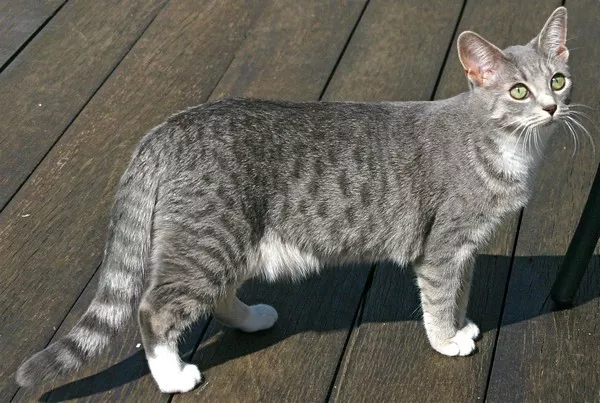The US National Park Service has unveiled a plan to remove a substantial population of stray cats residing in the historic Old San Juan area on Puerto Rico’s island. The initiative aims to address concerns related to public health and the preservation of the cultural landscape, although it has sparked disappointment among local cat enthusiasts.
Approximately 200 cats inhabit a 30-hectare area surrounding the ancient fortress at the San Juan Historic Site. Administered by the US federal agency due to Puerto Rico’s territorial status, the site has become a beloved habitat for the feline residents, drawing both local residents and tourists who often engage with the cats.
To execute the removal plan, the park service intends to collaborate with an animal welfare organization. If the selected organization fails to remove the cats within six months, the park service is prepared to take direct action to address the overpopulation issue.
While cat lovers express their disappointment with the plan, the agency underscores the potential health risks associated with the presence of stray cats. The removal is positioned as a measure to enhance the experience for visitors by mitigating the risk of disease transmission.
Ana Maria Salicrup, representing the nonprofit group Save a Gato, which has been caring for the cats for years, expressed reservations about the feasibility of the six-month time frame. She argued that the complex nature of working with cats makes such a timeline unrealistic, potentially setting the organization up for failure.
The diverse cat population around the historic fortress, known as “El Morro,” has a long history, believed to date back to Puerto Rico’s colonial era under Spanish rule. In the mid-1900s, some cats were purposefully introduced to control rat populations in the capital, San Juan, by then-Mayor Felisa Rincon de Gautier.
Over the years, the cat population has increased, prompting federal officials to address concerns about overpopulation. The National Park Service, in a public meeting last year, presented two options: removal of the cats or taking no action. Attendees rejected the removal, emphasizing the cultural significance of the feline inhabitants.
The removal plan outlines the discontinuation of cat feeding areas unless used for trapping purposes, citing concerns about attracting rats and contributing to the abandonment of unwanted cats. The selected animal welfare organization will be tasked with deciding the fate of the removed cats, including potential adoption, temporary housing, sheltering, or euthanasia.
Acknowledging the difficulty of finding homes for a large number of cats, Save a Gato has explored partnerships with US mainland animal shelters, but encounters reluctance due to the sheer volume of feline inhabitants.
The National Park Service noted the possibility of extending the six-month timeframe if substantial progress is made in the trapping efforts. However, if progress is not achieved, the agency is prepared to allocate resources to a professional removal agency. The fate of the cats remains uncertain, prompting ongoing discussions and concerns among advocates for their well-being.

























